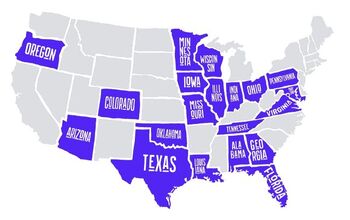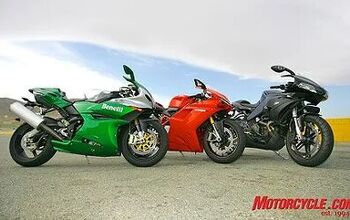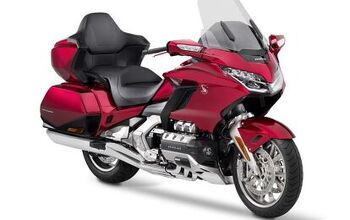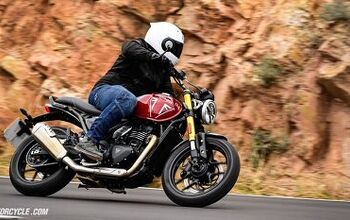How Much Longer Can Harley-Davidson Support LiveWire? – QotD

LiveWire is moving back into daddy’s basement
Last week, Harley-Davidson announced its Q1 2024 results, but tucked away in the numbers was the announcement that LiveWire is moving its operations from California to Milwaukee, joining its parent company at its historic headquarters.
The news was somewhat of a surprise, considering it hasn’t been that long since LiveWire splintered off as an independent brand. LiveWire’s two latest motorcycles, the S2 Del Mar and S2 Mulholland, are both named after California locales, and it felt like LiveWire was establishing the Golden State as a part of its own identity. LiveWire says moving back to the mother ship on Juneau Avenue will “enable synergies and efficiency,” as the brand shifts some of its focus toward reducing the costs of its products.
Like a lot of young adults these days, it seems that moving back home to your parent’s house after attending an out-of-state college might prove to be a sound financial strategy. But is it too late? Parents might have open arms for their offspring, but shareholders are a different matter.
It’s been no secret that LiveWire has been losing money. R&D is expensive, and until just a few months ago, the brand had only a single product available for sale, the LiveWire One, with its much maligned $22,799 price tag. The $15,499 S2 Del Mar is more affordable, but you can also buy both Kawasaki’s new Ninja and Z E-1 electric bikes for the same price and still have a dollar in change. No wonder cutting costs is suddenly a priority.
Harley-Davidson’s critics have seen things play out before with Buell, and the ill-conceived acquisition of MV Agusta. In their eyes, it’s only a matter of time before Harley-Davidson decides to end the LiveWire experiment for good.
But let me present the case for continuing to support LiveWire. Buoyed by the addition of the new S2 models, LiveWire sold 117 motorcycles in the first quarter of 2024, compared to just 63 motorcycles in the same quarter last year, which consisted solely of the LiveWire One. And that’s still mostly North American sales, as Del Mar shipments to Europe began very late in the quarter. Things are starting to turn around, now that LiveWire is introducing more products to the market.
The other thing to consider is that most startups, even ones backed by the Bar & Shield, need significant time before they can start turning a profit. You only need to look at Harley-Davidson’s biggest American competitor as an example. Polaris acquired Indian Motorcycle in 2011 and it took until 2023 for the brand to finally reach profitability. And unlike LiveWire, Polaris was able to transfer a lot of its established product development from Victory, which means Indian didn’t face the same level of start-up costs that LiveWire does, and that’s not even factoring the relatively new tech required for an EV. That’s the kind of long-term game Harley-Davidson is playing with its electric brand, and the company so far seems committed to seeing it through.
But it takes conviction to play that game, and as I pointed out, shareholders might not be willing to accept that risk. Whether or not you own stock, I present our Question of the Day: Should Harley-Davidson give up on LiveWire before the bleeding gets worse, or should the Motor Company do what it failed to do with Buell, and hold the course?
Become a Motorcycle.com insider. Get the latest motorcycle news first by subscribing to our newsletter here.

Dennis has been a part of the Motorcycle.com team since 2008, and through his tenure, has developed a firm grasp of industry trends, and a solid sense of what's to come. A bloodhound when it comes to tracking information on new motorcycles, if there's a new model on the horizon, you'll probably hear about it from him first.
More by Dennis Chung





























Comments
Join the conversation
Yes, more so than the Livewire, but kind of funky with all those fins.
My thoughts are Harley will and must stay the course with EV R&D. The governing bodies of most first world nations have quotas in place for future sales of EV's vs ICE's. Any transportation company who wants to be in business will invest heavily in keeping up with the competition.